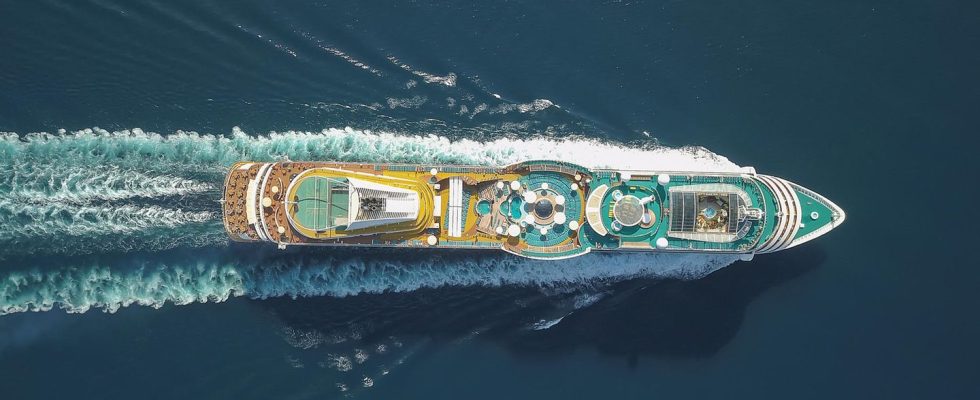Nabu ranking
From Aida to Hurtigruten: Cruising really is that sustainable these days
Despite the questionable climate balance, the cruise is still a popular form of travel for many holidaymakers.
© alzay / Getty Images
The cruise industry wants to become greener – you hear that from almost every shipping company. But how climate-friendly can a trip on a giant steamer really be? The Nature Conservation Union (Nabu) took a closer look.
The cruise industry, which was booming again after the corona pandemic, comes from an investigation by the environmental organization According to Nabu, progress on climate protection is slow. “It seems out of date that the big ships are still often on the move with the particularly toxic but cheap heavy oil,” said Nabu Federal Managing Director Leif Miller at the presentation of the 11th Nabu Cruise Ranking 2023 on Wednesday.
The Nabu shipping expert, Sönke Diesener, also emphasized in Hamburg: “It is very welcome that the first have finally found a way towards climate neutrality.” However, the pace must increase significantly.
Enormous investments in a green future
The industry association Clia also sees the shipping companies on the right track. The current goal: By 2050, they want to offer a carbon-free cruise worldwide. “This industry-wide ambition exceeds the goals set by governments at the national and international levels.” The cruise industry is already making huge investments to become one of the most sustainable forms of vacation travel, emphasized the association Cruise Lines International (Clia).
Nabu surveyed 13 cruise providers that are relevant to German customers. Among other things, the topics of climate strategy, climate protection measures, shore power, nitrogen oxide catalysts and soot particle filters were discussed. The ranking is based on the information provided by the shipping companies, said Diesener.
The Norwegian shipping companies Havila and Hurtigruten are in first and second place when it comes to measures to reduce emissions. The German shipping companies Aida Cruises, TUI Cruises and Hapag-Lloyd Cruises took third, fifth and ninth place. The cruise giant Carnival, with brands such as Carnival Cruise Line, Costa and Cunard, came in last place among the providers evaluated.
Emissions are increasing instead of decreasing
The Norwegians operate smaller ships, which are often better equipped and are subject to stricter regulations in their country, Diesener explained the good positions of these shipping companies. For the individual passengers, however, this does not mean that they are traveling in a climate-friendly manner.
“If you can afford to go to Antarctica with 100 people – and everyone has a suite (…), you have a gigantic ecological footprint.” On the other hand, those who travel on an Aida ship with 6,000 passengers trimmed for energy efficiency are not doing well in comparison, but better off.
“We’re still a long way from being carbon neutral, and we’re also a long way from being environmentally friendly,” emphasized Diesener. Because although emissions would have to be drastically reduced, they continued to rise. “Of particular concern is the sharp increase in methane emissions from LNG use.” These are over 80 times more harmful to the climate than CO2.
He was also annoyed with regard to the heavy oil quota of around 50 percent for cruise ships. The shipping companies could stop this immediately and without major modifications by using heavy-metal-free marine diesel. “No understanding,” complained the cruise expert. This puts the industry in last place in the entire civil shipping industry. Even container ships would only be operated with 18 percent heavy fuel oil.
As much electricity as a small town
Hamburg’s Nabu boss Malte Siegert welcomed the agreement of some cruise lines with Hamburg to use shore power. However, the actual use is still too low and not mandatory. This joined Clia demands to build significantly more shore power infrastructure. But he also conceded that these systems are not trivial, a cruise ship, which is usually in port for 40 percent of the travel time, consumes as much electricity as a small town.
So far, many ships have kept their engines running in port to supply themselves with electricity – with the corresponding exhaust gases and CO2 emissions. According to Clia, emissions in the port alone “can account for between 6 and 10 percent of a cruise ship’s total CO2 emissions”.
Source:NABU

